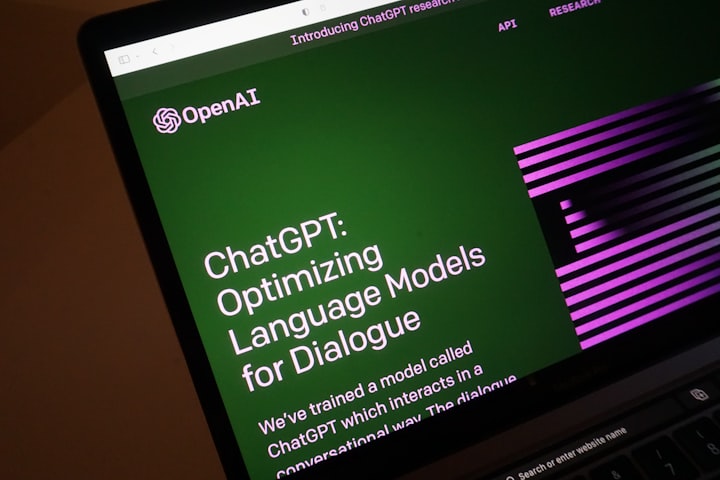History of Language Models in Artificial Intelligence
Journey towards ChatGPT

Language models in artificial intelligence have come a long way since their inception in the 1950s. These models have revolutionised the field of natural language processing (NLP) and have made it possible for machines to understand human language and respond accordingly. In this blog post, we’ll take a brief look at the history of language models in AI, from the early days of rule-based models to the modern era of deep learning.
Rule-Based Models
In the early days of AI, language models were built using rule-based approaches. These models relied on predefined rules to extract meaning from sentences and respond accordingly. For example, a rule-based model might be programmed to respond to the question “What time is it?” with the current time. While these models were effective for simple tasks, they were limited in their ability to handle complex language structures and idiomatic expressions.
Statistical Models
In the 1990s, statistical models began to gain popularity in the field of NLP. These models used statistical techniques such as Markov models and Hidden Markov Models (HMMs) to predict the probability of a word given its context. This approach was more effective than rule-based models, as it allowed for more flexibility in language processing. However, these models still had limitations, particularly with respect to long-term dependencies between words.
Neural Networks
The rise of deep learning in the 2010s brought about a new era of language models in AI. Neural networks, particularly recurrent neural networks (RNNs) and convolutional neural networks (CNNs), proved to be highly effective at processing natural language. These models were capable of capturing long-term dependencies between words and were able to learn from large amounts of data.
Transformer Models
The latest breakthrough in NLP has come in the form of transformer models. These models, first introduced in 2017 by Google, use attention mechanisms to process sequences of words. One of the most famous transformer model is BERT (Bidirectional Encoder Representations from Transformers), which was developed by Google in 2018. BERT is capable of understanding the context of a sentence and has achieved state-of-the-art performance on a wide range of NLP tasks. Recently released ChatGPT also uses the transformer architecture.
The first transformer model, called the "Transformer," was introduced by Google in 2017. This model was designed for machine translation, which is a task that involves translating text from one language to another. The Transformer model achieved state-of-the-art performance on this task and quickly became the gold standard for machine translation.
In 2018, Google introduced BERT (Bidirectional Encoder Representations from Transformers), which is a transformer model that is capable of understanding the context of a sentence. BERT is a pre-trained model that has been trained on massive amounts of data, and it has achieved state-of-the-art performance on a wide range of NLP tasks, including question-answering, sentiment analysis, and natural language inference.
Following the success of BERT, several other transformer models have been introduced, including GPT-3 (Generative Pre-trained Transformer 3) and XLNet (eXtreme MultiLingual and MultiTask Language Model). GPT-3 is a generative model that is capable of generating human-like text, while XLNet uses a permutation-based training approach to better capture dependencies between words in a sentence.
Overall, transformer models have revolutionized the field of NLP and have made it possible for machines to understand and process human language in ways that were previously impossible. As these models continue to evolve and improve, we can expect even more exciting breakthroughs in the field of natural language processing.
Conclusion
Language models in AI have come a long way since the early days of rule-based models. Today, deep learning techniques such as neural networks and transformer models have revolutionized the field of NLP and have made it possible for machines to understand and process human language. As these models continue to evolve, we can expect even more exciting breakthroughs in the field of natural language processing.
About the Creator
Thirupathi Thangavel
Machine Learning Engineer @ Google





Comments
There are no comments for this story
Be the first to respond and start the conversation.